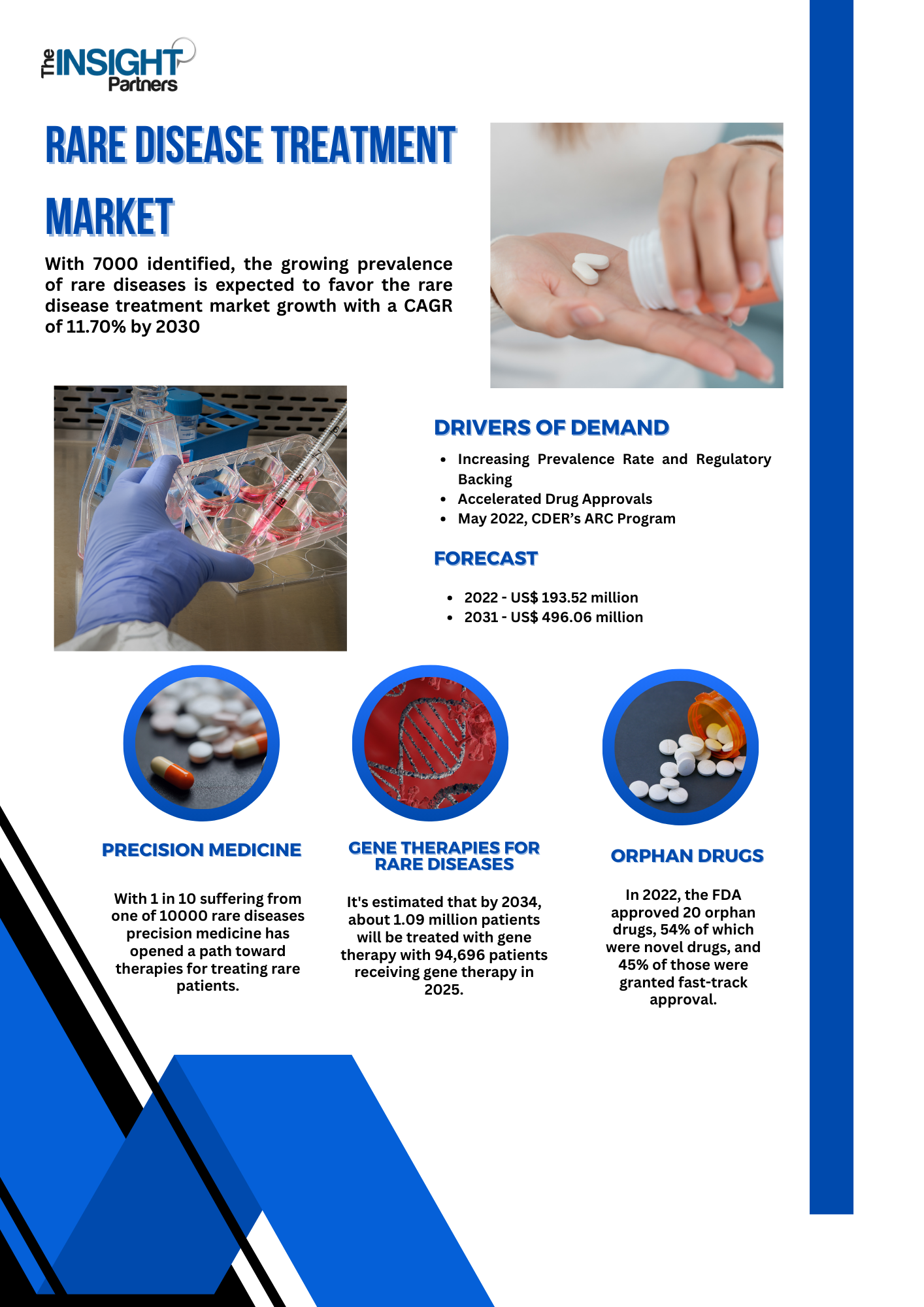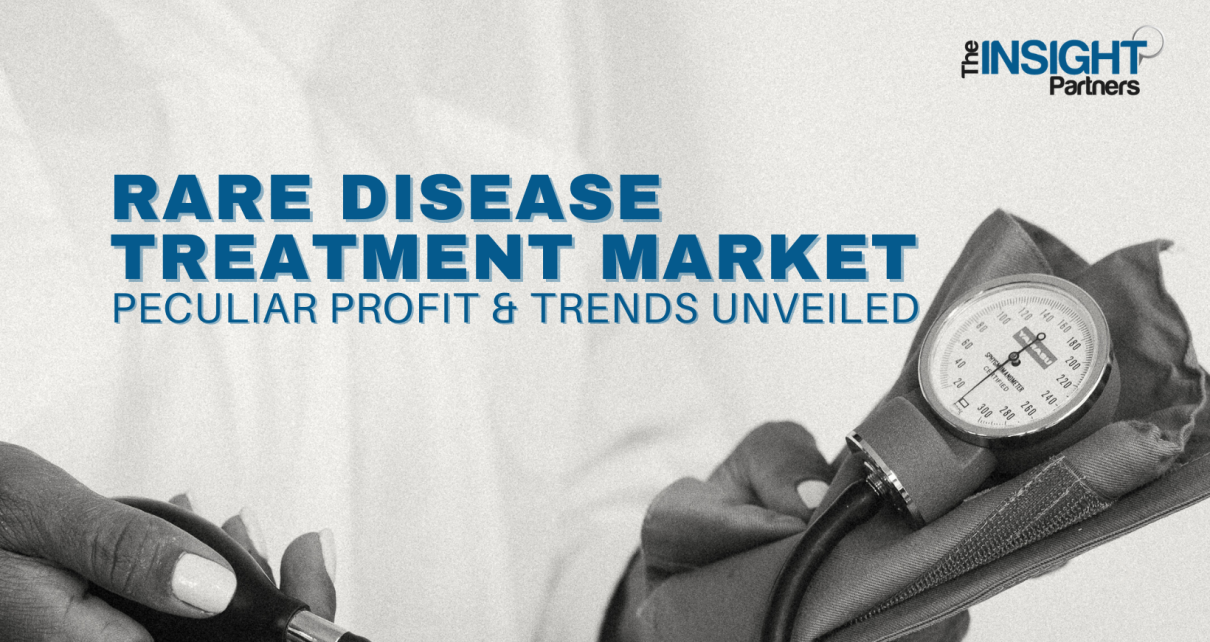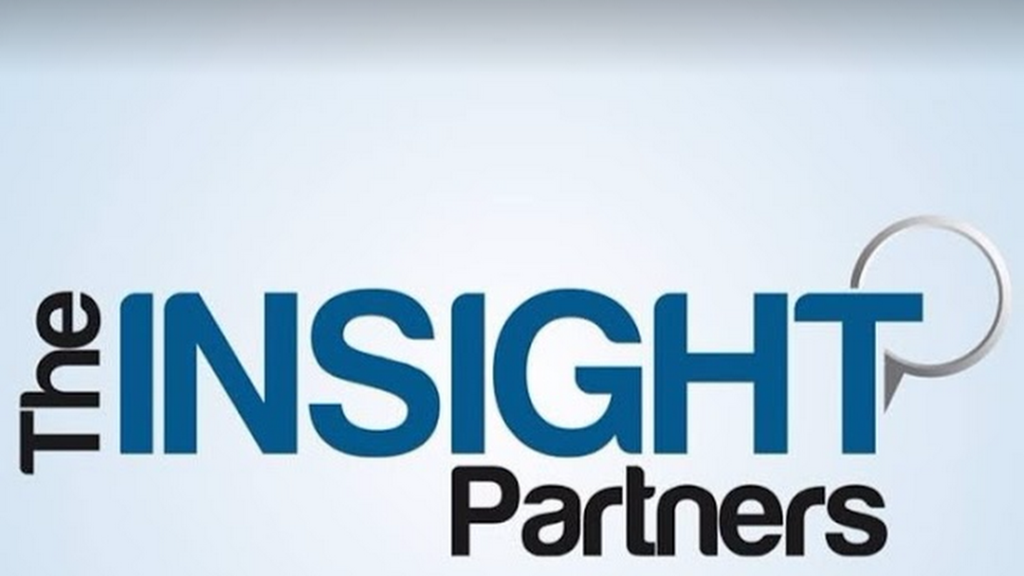With increased awareness of rare diseases, the rare disease treatment market has garnered significant investment in recent years. Even though individual rare diseases might impact only a small fraction of the population they collectively form a public health priority. The rate of prevalence of rare diseases has increased from 3.5%–5.9% affecting about 260–440 million people globally. Regardless of the size of patients being affected by rare diseases, the investment in rare disease therapies has increased in the last few years. The investment has flourished both in terms of US Dollars and new drug candidates. Favorable government policies have favored clinical development, extended exclusivity, lower commercialization costs, and pediatric drug development. Especially among pharmaceutical companies, there is a rising emphasis on rare diseases.
The huge unmet gap between rare disease therapeutics and regulatory approvals is an immediate calling for investors and R&D in this domain. Approximately 95% of rare diseases have no FDA-approved treatments. In addition to large companies, smaller biotechnology companies are playing a vital role in the development of new treatments. With the rising number of pharmaceutical companies in the development of rare disease treatment, gene therapies, precision medicines, and orphan drugs are trends intensifying market competition.
The rare disease treatment market is projected to grow rapidly in the coming years. More pharmaceutical companies are anticipated to enter into market to capture peculiar profits in 2024.
This blog delves deeper into growth drivers, financial incentives available for market participants, and the latest trends shaping the rare disease treatment market.
Why Rare Diseases Have Garnered Investments from Pharma Giants?
Increasing Prevalence Rate and Regulatory Backing
The rare disease treatment market has garnered significant attention from market players due to the sufficiency of regulatory incentives. The U.S. rare disease treatment landscape has flourished due to the Orphan Drug Act, allowing pharmaceutical companies to unlock new revenue streams. Many pharma companies are investing in rare disease treatments due to rising awareness and increasing prevalence of rare diseases. Increasing demand is also attributed to growth in distribution channels such as online pharmacies and specialty stores.
95 percent of rare diseases don’t have an approved treatment. It takes 15 years to develop a rare disease drug. 50 percent of rare diseases affect children and 3,000 children die each day from a rare disease. The increase in the number of rare disease cases, vaccination programs, and novel drug development has favored rare disease treatment market growth. After the enactment of the Orphan Drugs Act, even small companies started to invest in rare disease treatments.
Accelerated Drug Approvals Have Added Momentum to Rare Disease Treatment Market Share
As per the Pharmaceutical Research and Manufacturers of America in 2021, about 791 orphan drug candidates were under trials. Around 26 novel orphan drugs were approved for the treatment of the rare disease by the Center for Drug Evaluation and Research (CDER) in 2021. Some of the approved products were Amondys 4, Bylvay, Welireg, Lumakras, Scemblix, Welireg, Cytalux, Besremi, Empaveli, Evkeeza, Exkivity, fexinidazole, and Zynlonta, among others. Therefore, increasing rare disease drug approval and the launch of new orphan drugs are anticipated to boost rare disease treatment market growth.
May 2022, CDER’s ARC Program
CDER’s program Accelerating Rare Disease Cures Program emphasizes building collective expertise driving activities and research in rare diseases. It also builds upon CDER’s existing capabilities to expand its interactions with the rare disease stakeholder community. The vision of the ARC Program is to speed and increase the development of effective and safe treatment options to address the unmet needs of patients with rare diseases.

Which Regions Are Likely to Remain the Dominant Revenue Source for Companies?
North America and Asia Pacific Regions likely to remain High ROI markets
Among five key regions – North America, Europe, Asia Pacific, South & Central America, and Middle East & Africa, North America held the majority share in the global rare disease treatment market in 2022. Asia Pacific is estimated to record the highest CAGR in 2022–2030. As per the CDC data, 41.9% of US adults have obesity. The increasing obesity menace is contributing to substantial growth in the advanced rare disease treatment market. Asia Pacific is likely to remain the fastest-growing region in rare disease treatment due to untapped potential in growing markets and increasing healthcare needs.
Emerging economies are expected to grow at a significant rate due to a rise in demand for enhanced healthcare services and investment by governments in improving healthcare services. The metabolic diseases testing segment is anticipated to hold a high potential growth rate in the North American region in the forecast period. The economic cost of 379 rare diseases reached nearly USD 1 trillion in 2019.
Navigating the Next: Trends and Innovations in Rare Disease Treatment Market
Rise in Application of Gene Therapies for Rare Diseases
It’s estimated that by 2034, about 1.09 million patients will be treated with gene therapy with 94,696 patients receiving gene therapy in 2025. The combination of gene technology and stem cell technology can help treat rare diseases. For example, genetically modified stem cells can treat EB. Almost 80% of rare diseases are caused by variants in a single gene and gene therapies can correct the root cause of diseases rather than just treating the symptoms. Gene therapies are used to treat cystic fibrosis, alpha-1 antitrypsin deficiencies, and sickle cell disease.
Number of approvals increased by 25.1% from 18.3 to 23.0 while the number of patients increased by 15.3% from 1.09 million to 1.26 million. Spending estimates on gene therapies to treat rare diseases increased by 15.7% from USD 306 billion to USD 354 billion. Increasing spending on gene therapies is expected to remain a key trend in the rare disease treatment market.
Recently on March 19, 2024, Rocket Pharmaceuticals organised a Rare Disease Day event. Increasing awareness of diseases and treatments is anticipated to drive rare disease treatment market size in coming years. The company is focused on the development of gene therapies to treat rare diseases. Gene therapies hold the promise of treating a wide range of rare diseases including cancer, heart conditions, hemophilia, and AIDS. However, regulatory challenges might result in a slowdown in drug development.
Orphan Drugs – Incentives in Drug Development for Rare Diseases
In 2022, the FDA approved 20 orphan drugs, 54% of which were novel drugs, and 45% of those were granted fast-track approval. In 2019, orphan indications reached 838 and were awarded to 564 drugs. In the last three years, there have been 246 new orphan indications, which is about 30% of the total indications ever granted under the Orphan Drug Act (ODA)
The development of orphan drugs is expected to continue expanding and innovating in the future. The search for and creation of medicines for these frequently disregarded illnesses will continue to be fuelled by technological advancements, greater teamwork, and an expanding knowledge of uncommon diseases. People with rare diseases may benefit from better results and a brighter future in future with continuing efforts and support.
Need for Precision Medicine to Treat Rare Disease
Precision medicine can assist in identifying the right therapies for rare diseases. Tracing diseases back to their molecular causes can lead to faster diagnosis and better cures. Precision medicine assists in overcoming barriers to drug development. With 1 in 10 suffering from one of 10000 rare diseases precision medicine has opened a path toward therapies for treating rare patients. Leading companies such as AstraZeneca have applied precision medicine across 90% of their portfolio marking success in oncology and applying it to complex chronic diseases like heart failure and asthma.
The worldwide spending on precision medicine has increased from USD 32,017 million in 2022 to USD 38,098 million in 2023. The expenditure on precision medicines is anticipated to surpass the value of USD 46,367 million by 2024. A tailored approach to medicines instead of one-size-fits-all is anticipated to positively influence positive on development of rare disease treatments. These medicines can impact individual factors such as genetics, lifestyle, and environment.
Future outlook
Promising development prospects for the rare disease treatment market for treatments for rare diseases may be attributed to many factors such as government incentives, increasing investment, patient advocacy, and the introduction of customized medicine. Targeted medicines for rare illnesses are becoming increasingly practical due to continuous advancements in genetic sequencing and biotechnology.
Additionally, regulatory backing and orphan drug designations encourage pharmaceutical corporations and biotech enterprises to make investments in this field. Furthermore, the need for efficient therapies is growing as a result of the emergence of patient advocacy groups and increased awareness. By tackling rare illnesses at their source, gene therapies and personalized medicine open up new therapeutic options that have the potential to revolutionize the field. Notwithstanding obstacles like exorbitant development expenses and intricate regulations, cooperative endeavors among concerned parties are propelling ingenuity and rare disease treatment market growth, guaranteeing that patients suffering from uncommon illnesses obtain the necessary therapies.
References
Washington Post – Rare Diseases Research, Challenges, and Firsthand Accounts
AstraZeneca – Changing Landscape of Precision Medicine
Institute for Clinical and Economic Review – The next generation of rare disease drug policy: ensuring both innovation and affordability



